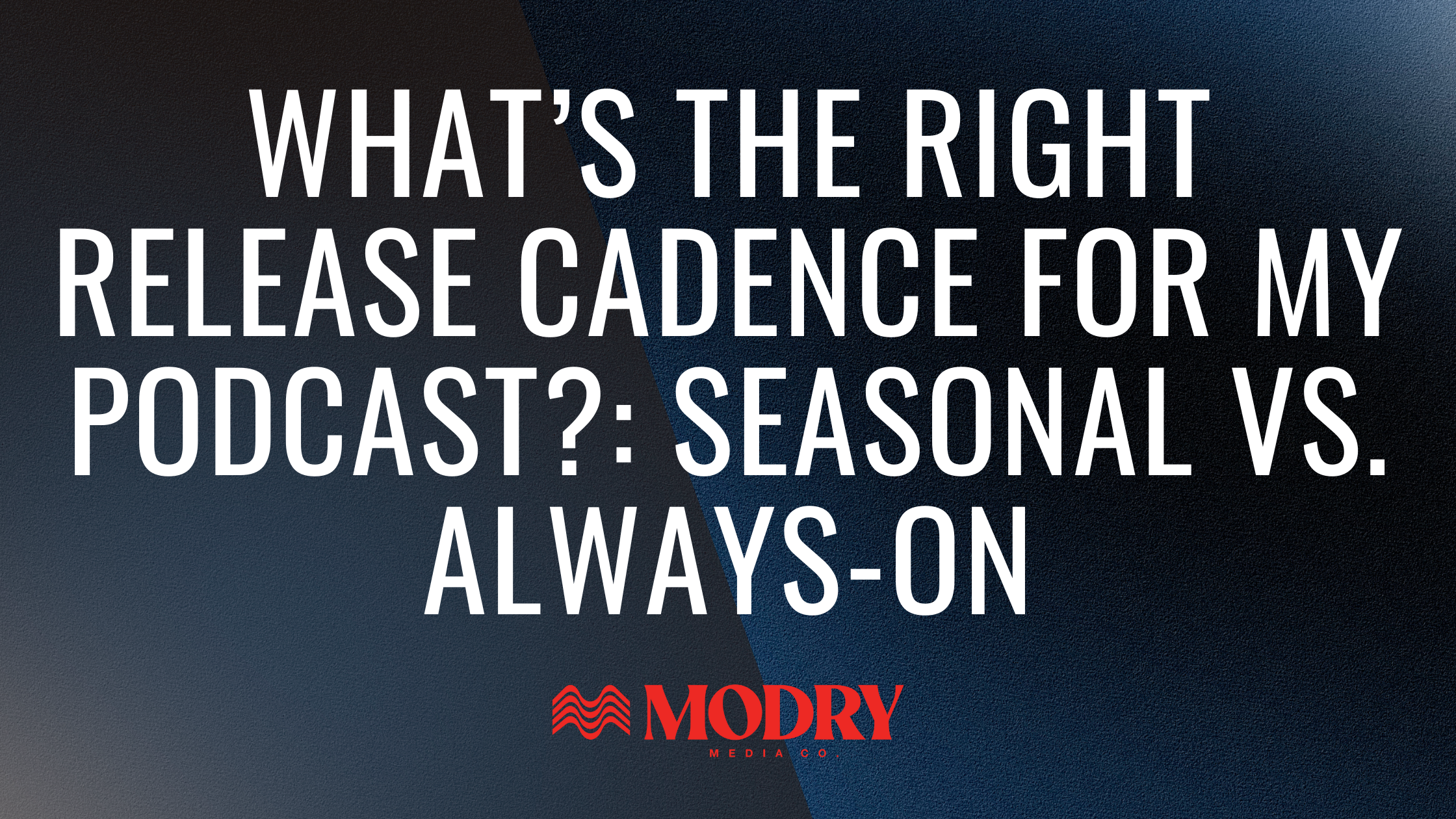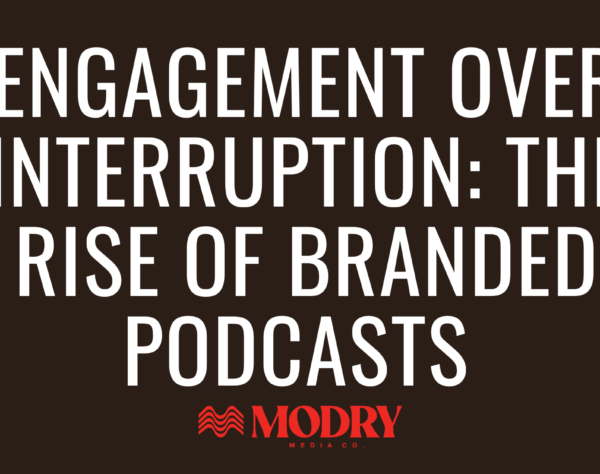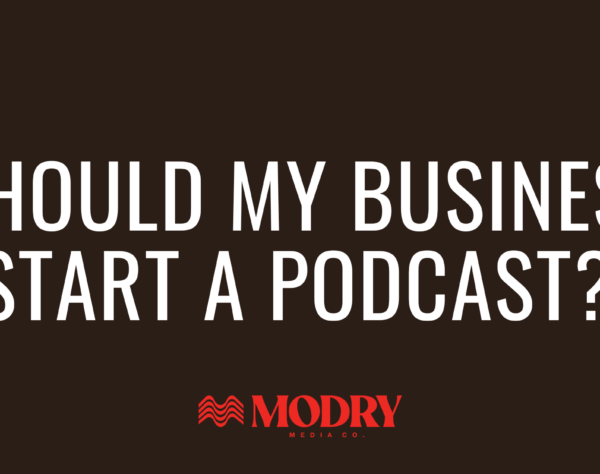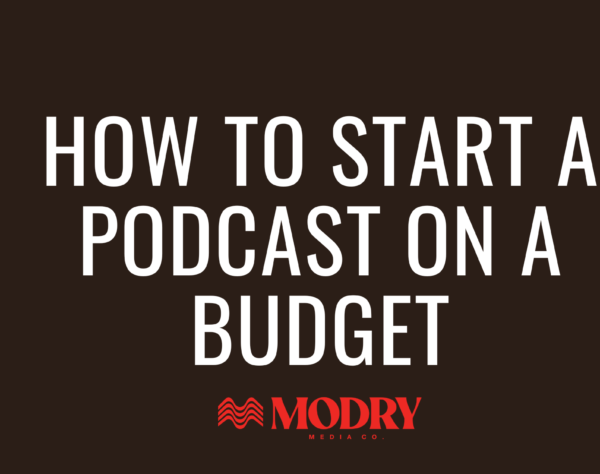
Podcast consumption is at an all time high and creators are constantly faced with the question of how to feed their audience with more content. Many podcasters find themselves asking: what is the right release cadence for my podcast? With the popularity of podcasts skyrocketing, finding the optimal rhythm for your content is crucial for both audience engagement and creator sanity. Let’s explore the two main options: releasing in “seasons” or adopting an “always-on” approach.
Seasons:
Pros:
One of the most appealing aspects of releasing podcasts in seasons is the breathing room it provides for production. This extended timeline allows for meticulous research and higher production quality, resulting in a more polished final product. Moreover, the lead-up to a season release presents a prime opportunity to market the show, generating anticipation and buzz among potential listeners. Additionally, structuring your podcast into seasons allows for thematic cohesion, keeping the content fresh and engaging for your audience.
Cons:
However, there are drawbacks to this approach. Perhaps the most significant is the potential for lengthy gaps between seasons, resulting in fewer episodes released per year. This can hinder audience growth, as consistent content is key to building a dedicated listener base. To mitigate this, we recommended to aim for at least 12 episodes per season to maintain momentum and engagement.
Always-On:
Pros:
Alternatively, an “always-on” release cadence offers a more frequent stream of content, catering to listeners’ voracious appetite for new episodes. Whether you opt for a weekly, bi-weekly, or even daily release schedule, this approach provides ample opportunities for listeners to share episodes and engage with your content. The consistency of a regular release schedule can also expedite audience growth, as listeners come to rely on your podcast as part of their routine.
Cons:
Yet, this approach comes with its own set of challenges. The demand for consistent production can be overwhelming, potentially leading to burnout or “podfade” – a phenomenon where podcasters cease production due to exhaustion. Additionally, the rigid schedule may limit flexibility in episode themes, potentially alienating listeners accustomed to a specific type of content.
Finding the Right Balance:
Ultimately, the decision between seasons and an always-on approach hinges on various factors, including production capacity, audience preferences, and marketing strategies. It’s essential to strike a balance that aligns with your resources and goals as a creator.
Consider experimenting with both approaches to gauge audience response and determine what works best for your podcast. Whether you opt for the structured format of seasons or the consistent flow of an always-on release cadence, remember to prioritize quality, consistency, and audience engagement above all else.
In the dynamic landscape of podcasting, finding your rhythm may require some trial and error, but with careful planning and dedication, your podcast can thrive regardless of the chosen release cadence.
#podcasts #audio #video #brandedcontent #brandedpodcasts





